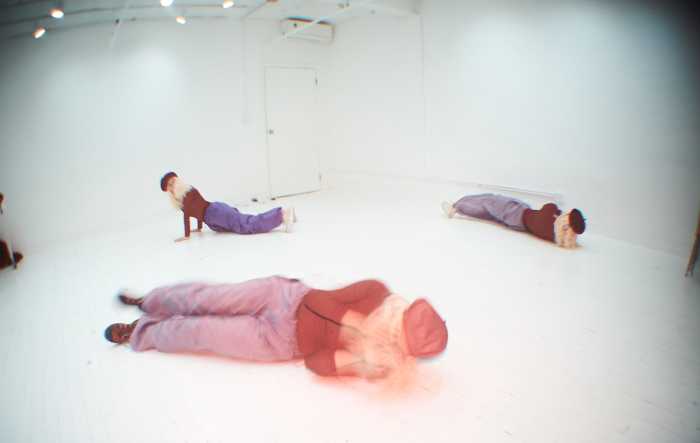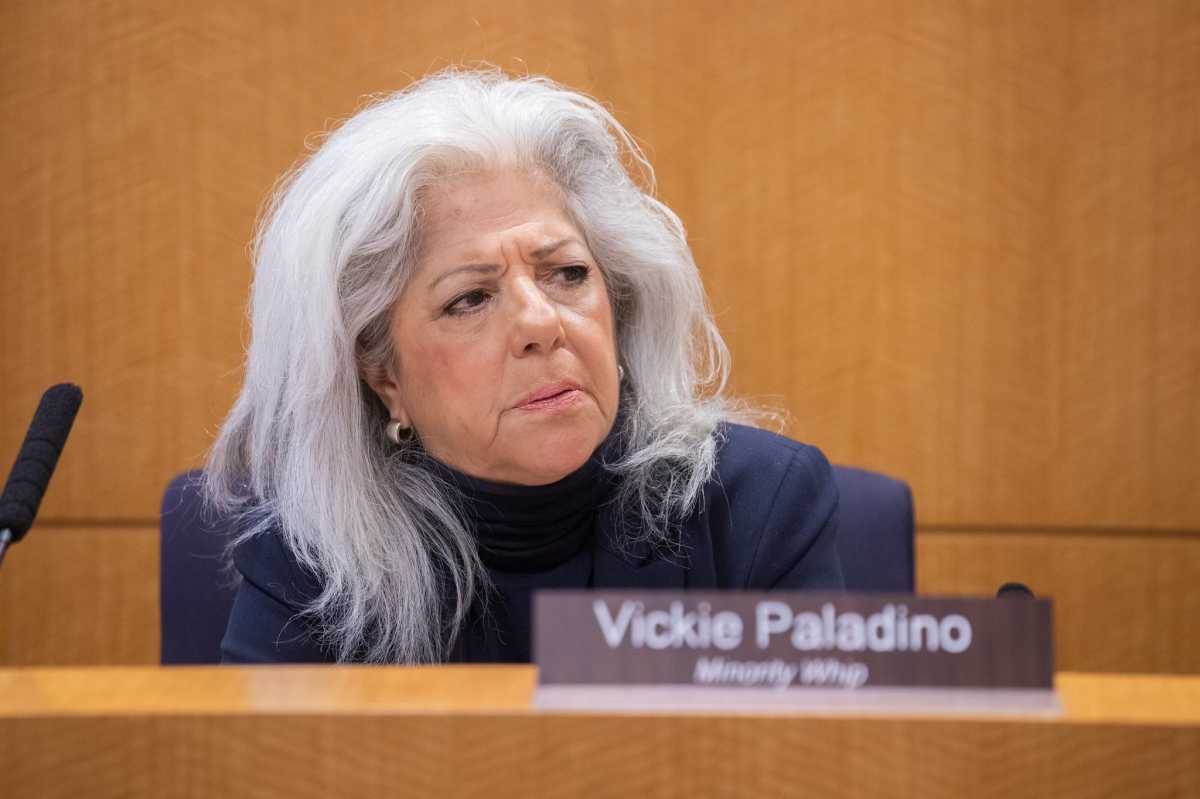Over the next few weeks, The Queens Courier goes inside the war being waged on the streets of Queens against graffiti and the vandals who commit the crime. This week the newspaper takes a look into the fascinating history of the modern day community plague and the current focus by the Bloomberg administration, the NYPD, and civic and community groups that are taking a stand against graffiti. According to the mayors office, its a high-ranking priority on the quality-of-life issues list. According to the NYPD, its the springboard to more serious criminal activity. And, according to outraged communities, its the one thing they are most sick of seeing in their neighborhoods. And one thing they can play an active role in stopping.
Its history stems back farther than the hobo signatures that graced American boxcars, or the cultural renaissance which transformed the urban art form known as graffiti in the 1970s. But a reference to art in the same sentence with graffiti is, according to graffiti fighters, a definite no-no.
"Never call them artiststhey are vandals," said Police Officer Frank Vasquez of Queens North who gets visibly distressed at the mere thought of crediting the vandals with displaying any type of artistic talent.
Last Thursday, Vasquez made a power point presentation to a packed house at the Juniper Valley Civic Association in Middle Village. The focus of the meeting: graffiti-the scourge of the streets.
Officer Vasquez schooled the crowd in how to be instrumental in the elimination of graffiti from their neighborhood. But Middle Village is not alone in its fight. All across Queens,community, NYPD and city initiatives are taking place.
Flushing, Long Island City, Forest Hills, Sunnyside, Astoria, Howard Beach, Ozone Park, Glen Oaks and Jamaica are just some of the Queens neighborhoods launching attacks against graffiti.
The term graffiti derives from the Latin graffito, meaning scratched, or to scratch, or sgraffito, a term denoting a drawing on a flat service. Though examples of graffiti have been found at Pompeii, the Mayan site of Tikal and the Domus Aurea of Emperor Nero in Rome, it was only in the 20th century that graffiti bore its very own subculture.
Modern graffiti traces its beginnings to gangs marking territory and political activists making statements, here and there. It wasnt until a Philadelphia youth who went by the moniker CORNBREAD started marking locations all over that city that it became clear there were faces behind the spraypaint scrawls. The first instances of repeat graffiti, known as bombing, sparked a movement that quickly spread to New York City. In 1971, The New York Times published an article about a certain TAKI 183, a Washington Heights foot messenger whose frequent subway trips made it easy to execute his signature, or tag, all over the city.
The subway system became a means of communication between the isolated pockets of taggers growing in the five boroughs, allowing them to become aware of each other. Writing spread from the subways to the streets, and competition was fierce between taggers who all wanted to mark as many targets as possible. More and more people were writing, making it nearly impossible to create a name for oneself, and so flourishes and calligraphic scripts were integrated into writers tags.
The graffiti movement was forging onward, with innovations quickly becoming obsolete. Flourishes led to tags on a larger scale and then to huge stylized, skillfully crafted tags known as pieces, short for masterpieces. The competitive atmosphere led to the development of various styles, such as block letters and bubble letters. In the late 70s, graffiti reached a plateau due to the citys fiscal crisis. With fewer cops patrolling the transit system, throw-ups, or unembellished two-tone tags, and whole car subway pieces were the norm. Competition was once again thriving, groups of artists formed and rivalries developed that were only stanched in the die-down of the 80s.
Only a few years after graffitis heyday, many of the pioneers of the art were lost to jobs and universities. Another factor was the MTAs crackdown on subway car and yard graffiti. The clean car movement, which kept tagged cars off the tracks, took the urban artists main canvas out of the view of the public eye.
A territorial attitude emerged that was reinforced with violence, but as possible territories became more inaccessible because of the MTAs faster-than-ever fence repairs and cleaning crews, the gang-like aggression quickly subsided.
The movement is not dead, though it has undergone major changes over time. People still tag trains knowing that their work will only be seen on one run. Freight trains, highway signs and scrap trains all have become targets and tagging walls came back into vogue. And graffiti is going up on a new kind of wall: art galleries and web galleries are legitimizing urban art. A cross-cultural phenomenon common to every literate society, graffiti, while illegal, is still an enticing topic of study for historians, artists and sociologists.
The promotion through mass marketing is a key issue according to P.O. Vasquez. "The messages that are being sent out to kids by these products is that this is OK to do." Vasquez displayed a variety of products including a can of "Grafi-Tea," school notebooks with graffiti cover designs, magazines devoted to the practice of graffiti, and a host of other commercial offerings making the lure of graffiti more appealing to potential vandals.
The movement to stop graffiti is spreading rapidly with many clean-ups slated over the next few weeks. To learn more about the clean-ups in your area, you can call the mayors office, Anti-Graffiti Program (AGP) (212)788-7449, Queens Borough Presidents AGP at (718) 286-2900 or your local precinct or civic association.
If you are involved in an anti-graffiti program and would like to announce your clean-up, please send in your information to editorial@queenscourier.com and the newspaper will publish it.






























